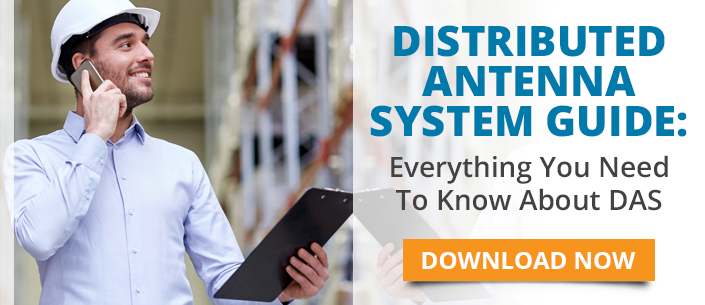 Effective communication is essential to success. While this may seem like common sense, far too many businesses and organizations elect to place communication on the backburner and therefore never become as efficient as they could be. They encounter issues like dropped calls or poor voice quality in their buildings, or even worse, delayed response times during emergencies.
Effective communication is essential to success. While this may seem like common sense, far too many businesses and organizations elect to place communication on the backburner and therefore never become as efficient as they could be. They encounter issues like dropped calls or poor voice quality in their buildings, or even worse, delayed response times during emergencies.
This isn't because these organizations simply don't care about communicating with their team, rather, they are not yet aware of how great their communication could be and how to get there. Whether you are looking to improve your response time in case of an emergency, optimize your warehouse efficiency, or just have reliable coverage on your campus, there is a communications solution for you.
To get started, here are two of the most common solutions to improve your site-wide communication.
Digital Two-Way Radios
By upgrading your traditional analog communications to digital, you are already on the right path. Digital two-way radios offer an array of benefits ranging from enhanced call and voice quality to readily available applications capable of customizing your radios to your exact needs. These radios also offer enhanced battery life to ensure your entire team can stay connected at anytime.
For those relying on cell phones for communicating, you will notice an immediate improvement when you call with a digital radio. Most two-way radios come with noise-canceling technology that focuses on capturing the caller's voice and blocking out excess sounds like traffic, machinery, or crowds. This is drastically different from a cell phone, which has a basic microphone that captures anything making a sound, thus cluttering your call with noise.
For even more information on the power of two-way radios, read this blog that discusses the core benefits they offer, including:
- Long-lasting battery life
- Reliable network security
- Enhanced call quality and coverage
- Noise-canceling technology
- Superior durability
- Practical user interface
Bi-Directional Amplifiers (BDAs)
Are you experiencing overall poor coverage in one or all of your buildings? The most common culprit of these dead zones and dropped calls is actually the building and its relationship with its antenna. For example, when you have a building with thick walls and an antenna on the roof, the antenna may have a difficult time distributing its signal throughout the building. This is where BDAs come In.
Bi-directional amplifiers are the ideal solution for poor building coverage. These are wireless communications solutions that, after they are strategically placed in a building, take in the signal from the outside antenna, amplify and redistribute it throughout the building. This provides improved coverage despite the caller's physical location within the structure.
BDA solutions are ideal for hospitals, airports, campuses, plants, and shopping centers. They also offer a wide range of benefits:
- Improve cellular and two-way radio coverage within your buildings
- Ensure dependable communication coverage for first responders
- Enhance your business's productivity
- Increase value to tenants through enhanced mobile coverage
- Address all cellular carries within a single building
As these are only brief looks into some popular communications solutions, you should contact Chicago Communications to learn more about what type of solution best fits your industry and business/organization.



